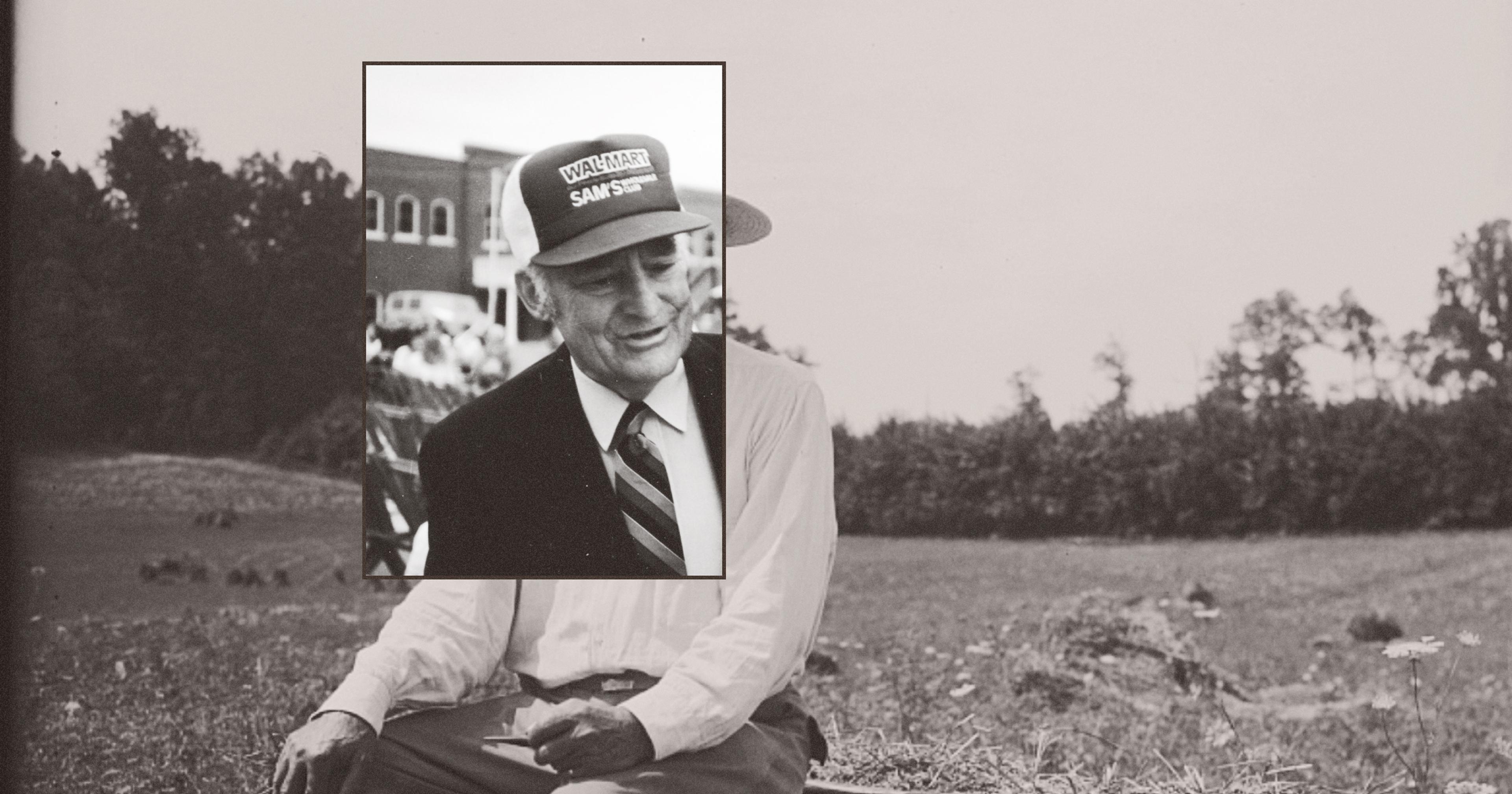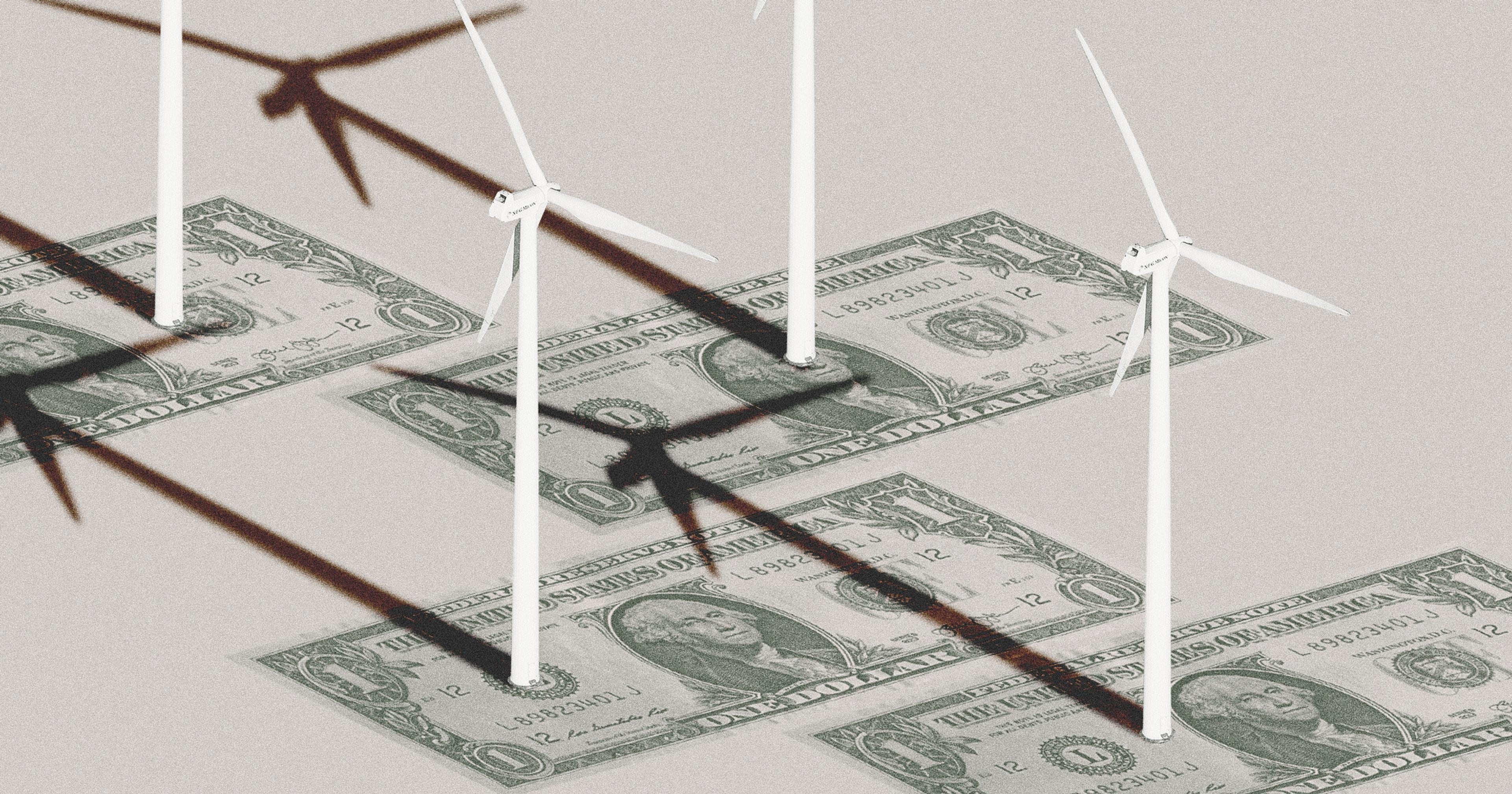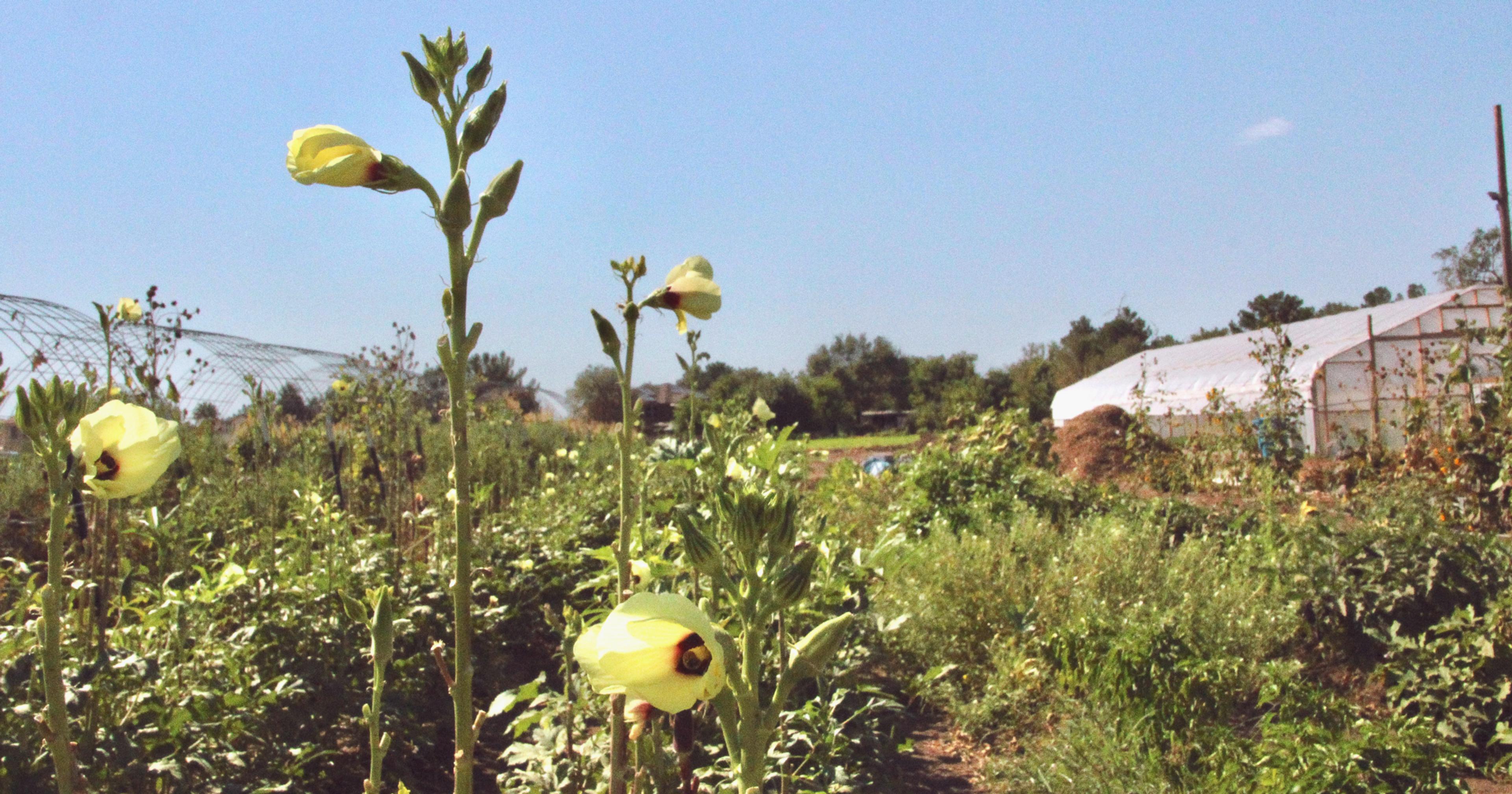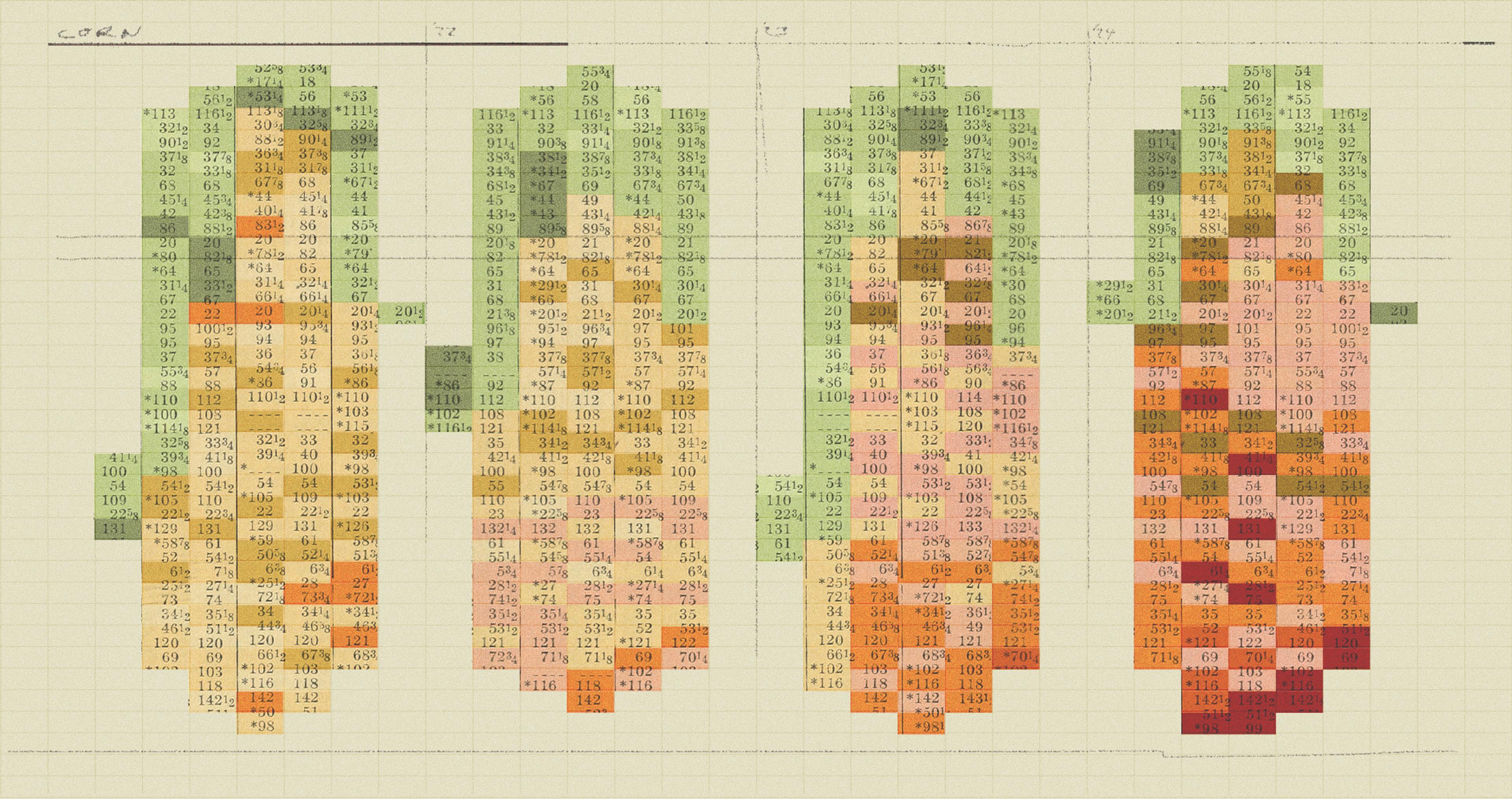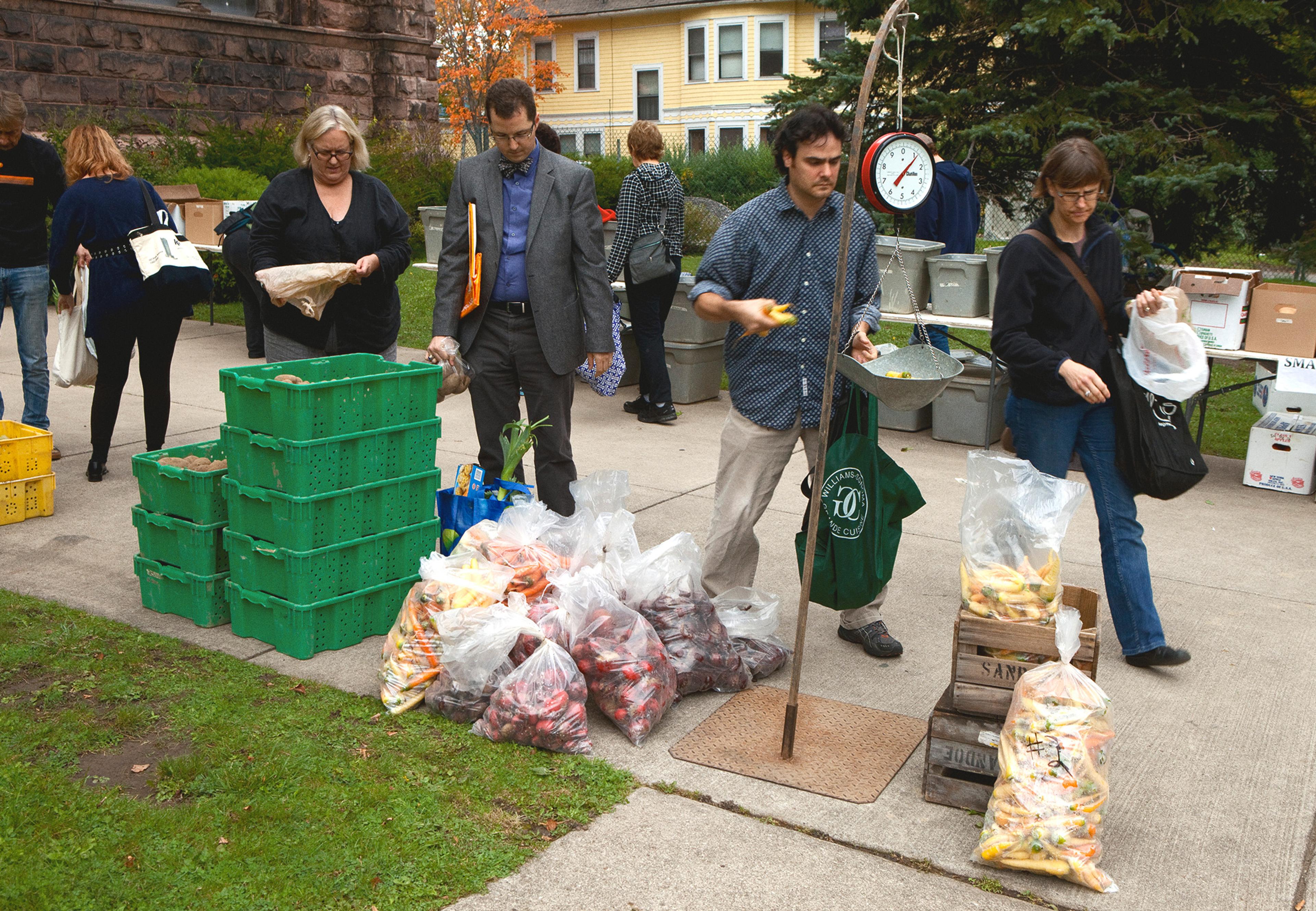Fortune 500s have been using this loophole for decades, enabling them to defer income tax for 30 years. Now some attorneys want farmers to get the break that was intended for them in the first place.
Every year in the United States, tax loopholes originally created to help struggling farmers are utilized by businesses and individuals with seemingly no agriculture connection.
In Florida, local governments lose millions in revenue every year to real estate developers who lease their land to cattle grazers to avoid higher property taxes in so-called “Rent-A-Cow” schemes. Earlier this year High County News found more than 3,000 homeowners in Montana were claiming farming-related tax benefits, in some cases without having to prove any agricultural activity at all.
Last year public documents showed that Trump National Golf Club in New Jersey was avoiding $257,000 in taxes every year by treating some of its acreage as farmland and keeping a herd of 12 goats.
But some tax experts believe they’ve found a long-abused farm tax shelter that could specifically benefit farmers. It’s called the monetized installment sale, and it’s available to anyone selling an agriculture product — but it also requires a sophisticated set of transactions, is heavily scrutinized by the IRS, and if not done carefully, could overwhelm generations of farmers in back taxes.
Following the Big Dogs
Tax attorney Michael Burwick is not a farmer or from a farm community. He works a couple of blocks from the New York Stock Exchange and has spent most of his career between Boston, New York, D.C., and South Florida.
But about two decades ago, Burwick noticed something curious: Large, publicly traded companies in the paper goods, packaging, building materials, and forest management sector were using a safe harbor in the farm tax code to sell billions of dollars in assets, seemingly tax-free.
Between 2004 and 2016, at least 10 companies including Boise Cascade, International Paper, Kimberly Clark, Plum Creek, and Greif, Inc. deferred billions in federal taxes — $3.4 billion to be exact — by using a complicated financial transaction known as the monetized installment sale.
Burwick “realized there was a legal way to help farmers with their biggest complaint — taxes.”
Monetized installment sales normally aren’t permitted by the IRS, which added them to its Dirty Dozen list of tax scams in 2023. But Burwick noticed there was an exception in the tax code for farmers — a little-known section called 453A — which the companies could exploit because the assets they were selling included timberland, which the IRS considers an agricultural asset.
When he saw how companies in the Fortune 500 were exploiting 453A, Burwick “realized there was a legal way to help farmers with their biggest complaint — taxes,” he said.
Tax Me Later
Burwick isn’t the only tax expert promoting monetized installment sales to farmers, but he’s one of a handful of people who have endeavoured to explain how they work in plain English, having addressed the topic in a series of columns for Bloomberg Tax.
Monetized installment sales can involve up to five parties — a seller, a buyer, a dealer, a lender, and an escrow agent — and a sophisticated set of transactions.
First, farmers can defer their income taxes for 30 years by agreeing to be paid in installments for their crop, cattle, or other agricultural product rather than a lump sum. Second, they can use those promised installments as collateral for a loan of 90% or more of the total sum. They essentially walk away with their entire earnings untaxed — for a time.
The first part of Burwick’s strategy, using installment payments, is not a new idea. They’re a widely used tax strategy in many industries for deferring capital gains tax — the tax incurred when you sell a high-value asset for more than it was purchased.
Rather than accept all the funds at once and pay a 30 to 50% capital gains tax on them, sellers opt to get the money in installments, said Garrett Griffin, tax attorney and CEO of Griffin Private X Investors, a firm that executes installment strategies.
“As a farmer, I can sell my grain — which is ordinary income — on the installment sale treatment. Nobody else in the U.S. can do that.”
In these cases, Griffin’s firm buys the asset with a promissory note and then sells it to the ultimate buyer. Griffin invests funds from the buyer and pays the seller in installments over 10, 15, or 30 years. The seller only owes capital gains taxes a little at a time.
“It’s a way to not avoid, but delay the payment of capital gains tax so it’s not happening all at once,” Burwick said. And it can make a big difference. Take a $1 million sale. If you pay taxes all at once, the best case scenario is that you’ll have $700,000 to invest and grow at about 6% interest. But with installment sales, the entire $1 million is collecting that 6% interest while it sits with the intermediary. In fact, most of Griffin’s customers request interest-only payments and use it as additional cash flow to fund retirement.
These are the installments Burwick wants farmers to use, but in 453A they get two key perks: In addition to deferring capital gains, they can use installments to defer their ordinary income tax, and they can use that agreement as collateral for a loan, allowing them to reap almost the total income amount at once and untaxed.
Cash in Hand
453A applies to anyone selling an agricultural product: farmers, ranchers, fishers, winegrowers, allowing them to defer their ordinary, April 15th income tax. Similar provisions have existed in the tax code since 1918 when the country’s economic base leaned more heavily towards agriculture, likely to reflect the fact that farmers don’t get paid regularly but in lump sums at harvest.
“As a farmer, I can sell my grain — which is ordinary income — on the installment sale treatment. Nobody else in the U.S. can do that,” said Griffin, who is also building a 453A service for farmer income taxes.
The even bigger caveat is that a farmer can take their installment sale agreement with a firm like Griffin’s to another lender and get a loan for 90 to 95% of the total income.
Take a grain farmer. If they sold $1 million in product last fall, they can opt to do an installment sale over 30 years, effectively deferring the taxes. But instead of getting the installments, they use their arrangement with the intermediary as collateral for a loan of $950,000.
A portion of that loan must be set aside to pay for future taxes. But with nearly their entire earnings in hand, farmers have way more control. They can buy land, invest in life insurance, and do meaningful wealth planning. They can pay tuition or take an anniversary trip. At least for 30 years.
With nearly their entire earnings in hand, farmers have way more control.
For the hobby farmer, the strategy really isn’t worth it, Griffin said. “But the guy selling half a million in inventory can certainly use this.”
“Only ag is allowed to monetize the installmentment sale contract, that is right in section 453A,” said Paul Neiffer, CPA, a tax principal and expert in agribusiness and income taxation.
Even within agriculture, there’s tons of red tape, said Michael Gustofson, principal at Farmers First Trust. Gustafson’s operation has been setting up monetized installment sales to help farmers defer capital gains tax for the last seven years. “From what our attorneys tell us, the sale of raw ag products can also use this approach,” he said, meaning farmers can use the monetized installment sale on income from yearly crop sales too.
But the IRS is still watching closely. The agency has cracked down on anyone trying to use the strategy outside of agriculture. And in 2023, it proposed new regulations for the ag businesses legally using monetized installment sales, too. The new regulations, which would require anyone using 453A to fill out a special tax form, haven’t been approved in the two years since. But they are a reason for farmers considering this approach to be cautious.
Griffin argues that transactions by companies like Boise Cascade and International Paper are proof that this approach is legal — albeit complicated. Farmers only need a way to execute the same strategy — year after year after year.
A Long Time for Things to Go Awry
A legal way for farmers to put off taxes and manage more of their own money seems like a no-brainer. But “it’s not a free lunch,” Neiffer warned. There are both risks and costs to this approach.
The deferred taxes eventually come knocking.
At year 30 — or whenever the loan is due — when the intermediary pays back the lender, the seller will be on the hook for the income taxes they deferred. This approach assumes the farmer is setting aside and investing an appropriate portion of their loan to pay off future taxes. That 10 to 20 percent set-aside for investment is significant, but less than the 30 to 50 percent many farmers give up when they pay income taxes normally.
But even then, there are risks. A lot can change in 30 years. Operations can be passed to the next generation, and financial details can get lost. If a farmer makes this deal in middle age, her heirs will likely be the ones left to foot the tax bill. If there’s not very clear communication and financial advice, the new generation could get saddled with bills they weren’t prepared for.
Farmers agreeing to this arrangement are also signing on to pay taxes in future conditions. Taxes deferred this year will be paid based on 2055 inflation and tax rates. “The risk is that no one knows what the tax rate will look like in 30 years,” Burwick said.
And even if the strategy works, Neiffer said it still comes with costs, usually in the form of interest. Farmers get yield interest from the intermediary. But they owe interest on their loan. The hope is that those two interest rates would cancel each other out, but usually the interest they owe outpaces the interest they earn, Neiffer said. Then there’s the fee — typically around half a percent — to conduct all the transactions.
The deferred taxes eventually come knocking.
And not every farmer needs to defer taxes. Many farmers carry enough operating costs to significantly minimize their taxable income, Gustafson said. In those cases, this strategy likely wouldn’t be worth it. He recommends farmers consult their CPA, the person who knows the operation best, when considering 453A for capital gains or income tax deferral.
Both Griffin and Burwick are still in the building phases. Griffin said he’s still looking for the right lender, a separate entity willing to offer the loan against the installment sale. But one of his clients, a feedlot owner selling $10 million in cattle twice a year, is an ideal candidate for monetized installment sales.
Burwick already has a few interested clients, but he will need more to get this offering to scale. Scale is the only way to lower the costs of these expensive and precise transactions so that they don’t eat into the farmer’s financial benefit, he said.
“This is perfectly legal, and nobody knows about them except for Fortune 500 companies,” Burwick said. “My goal is to work with individual farmers … to democratize the legal theory.”
Really, he’s just using the code the way it was intended.
Thanks to Nick Zarzycki for his help reporting and editing this piece.




